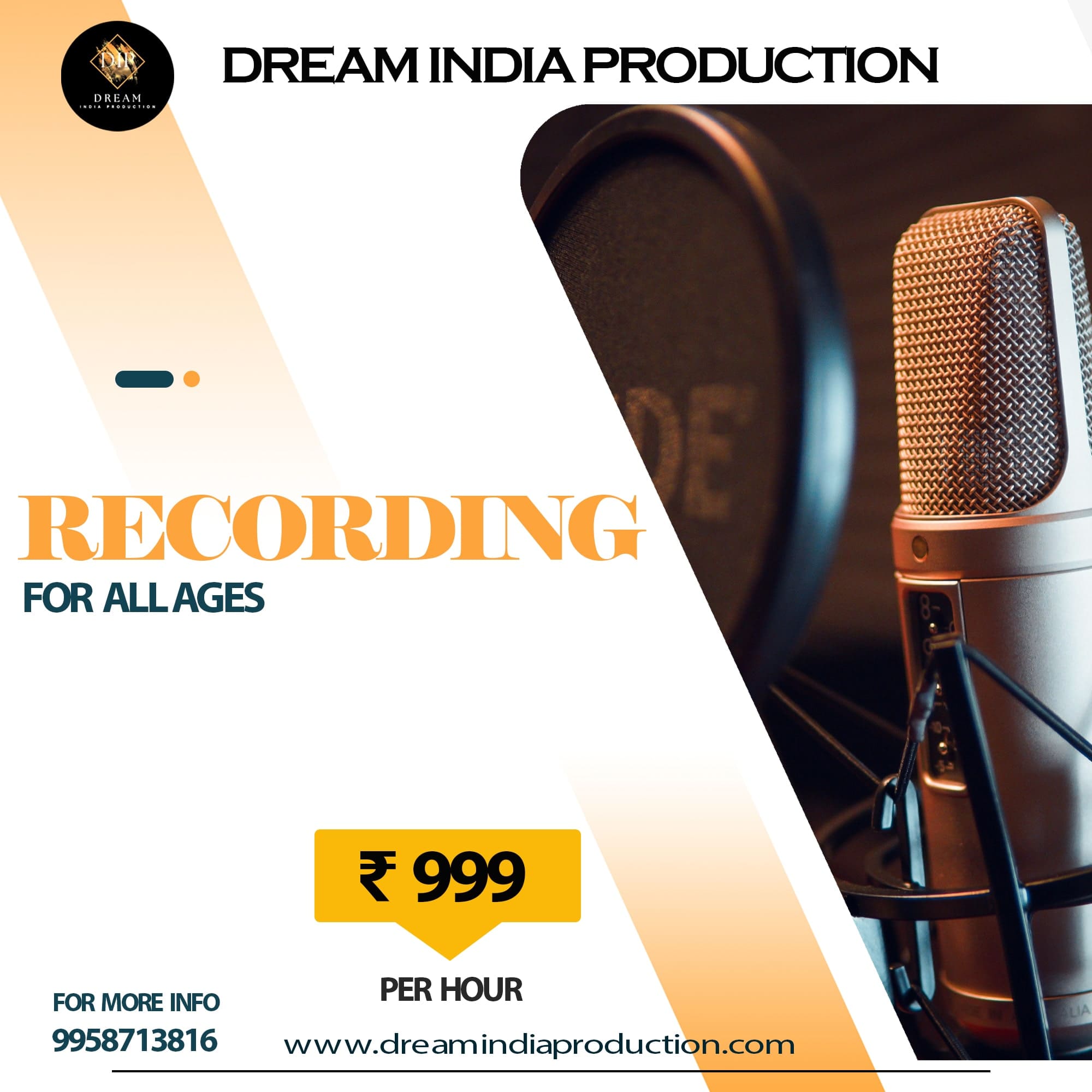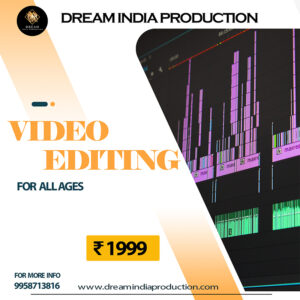Recording for all songs
Original price was: ₹1,499.00.₹999.00Current price is: ₹999.00.
Recording, in the context of music or audio, refers to the process of capturing and storing sound or music onto a medium for playback or further production. This can involve recording various types of audio, including music performances, spoken word, sound effects, and more. The goal of recording is to capture a high-quality representation of the original sound that can be reproduced or manipulated later.
Description
Recording, in the context of music or audio, refers to the process of capturing and storing sound or music onto a medium for playback or further production. This can involve recording various types of audio, including music performances, spoken word, sound effects, and more. The goal of recording is to capture a high-quality representation of the original sound that can be reproduced or manipulated later.
Key Aspects of Recording:
1. Recording Equipment:
– Recording can be done using various equipment, such as microphones, audio interfaces, preamplifiers, and recording software. The choice of equipment depends on the nature of the recording and the desired quality.
2. Microphones:
– Different microphones are used for specific purposes, such as condenser microphones for capturing vocals or sensitive instruments, and dynamic microphones for louder sound sources like guitar amplifiers or drums.
3. Recording Spaces:
– The acoustics of the recording environment can significantly impact the quality of the recording. Professional studios often have specially designed acoustic spaces, but recordings can also be made in home studios or other locations.
4. Multitrack Recording:
– In modern recording, it’s common to use multitrack recording techniques. This involves capturing individual tracks separately, allowing for later mixing and manipulation of each element independently.
5. Digital Audio Workstations (DAWs):
– DAWs are software applications used for recording, editing, and mixing audio. Examples include Pro Tools, Logic Pro, Ableton Live, and others.
6. Editing and Post-Production:
– After recording, the audio may go through editing processes to correct mistakes, enhance performance, or add effects. This is part of the post-production phase.
7. Mixing:
– Mixing involves blending the individual tracks together, adjusting levels, panning, and applying effects to create a final stereo or surround sound mix.
8. Mastering:
– Mastering is the final step in the recording process. It involves preparing and transferring the recorded audio to a master, which will be used for duplication and distribution.
Types of Recording:
1. Music Recording:
– Capturing performances of musical instruments and vocals for the purpose of creating songs, albums, or soundtracks.
2. Voice Recording:
– Recording spoken word, podcasts, audiobooks, voiceovers, or any other audio content that primarily involves human speech.
3. Field Recording:
– Capturing ambient sounds, nature sounds, or any audio outside of a controlled studio environment.
4. Sound Design and Foley:
– Creating and recording sounds for use in films, television, video games, or other multimedia projects.
5. Live Recording:
– Capturing live performances, concerts, or events for later playback or distribution.
Recording is a fundamental part of the music and audio production process, allowing artists, engineers, and producers to capture, manipulate, and create a wide range of audio content. The advancements in technology have made recording more accessible, enabling both professionals and enthusiasts to create high-quality recordings in various settings.




